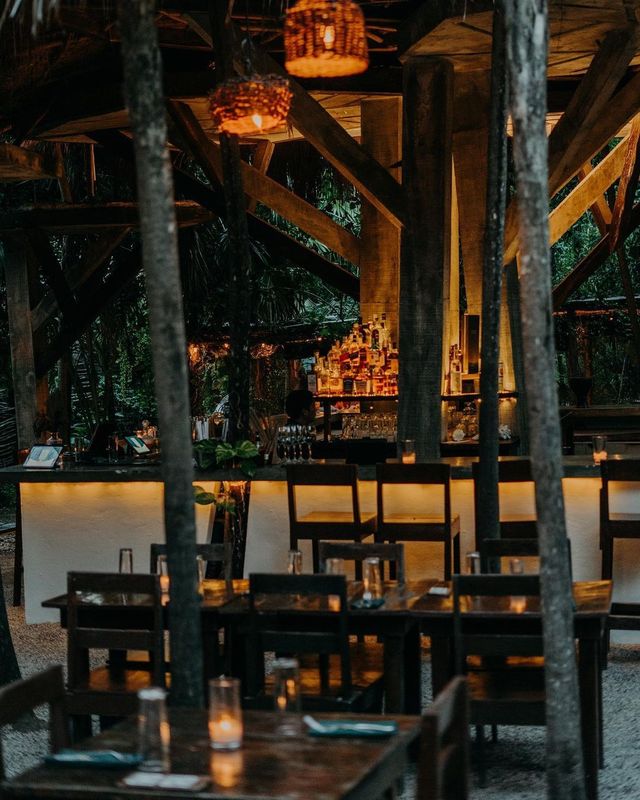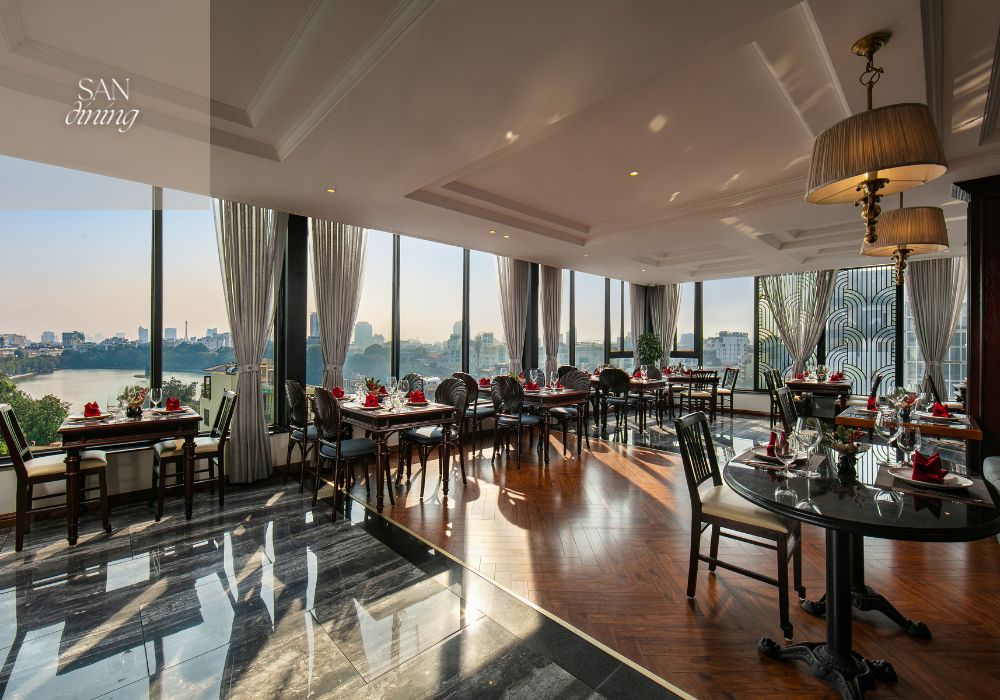Asian Restaurant ISB: A Must-Try Place for Food Lovers in Islamabad
Asian Restaurant ISB: A Must-Try Place for Food Lovers in Islamabad
Blog Article
Savor Genuine Eastern Food With a Pan-Asian Twist for a Culinary Journey
Starting a cooking trip via genuine Asian cuisine, boosted with a Pan-Asian spin, offers a special possibility to explore the abundant tapestry of tastes that specify the region's varied cooking traditions. This experience welcomes you to savor the beautiful balance of preferences-- pleasant, salty, spicy, and sour-- balanced by fragrant natural herbs and seasonings. Envision the innovative fusion of Thai curry and ramen or the unexpected joy of sushi burritos. As you contemplate these enticing meals, take into consideration the cultural stories and historic impacts that shape them, each bite offering a tale waiting to be found.

Checking Out Pan-Asian Tastes
In the realm of international gastronomy, Pan-Asian food sticks out for its amazing diversity and the harmonious interplay of flavors from numerous Oriental societies. This cooking strategy celebrates the one-of-a-kind ingredients and abundant traditions discovered across the continent, producing a tapestry of tastes that is both enjoyable and intriguing. Secret to Pan-Asian food is its ability to stabilize different flavors-- wonderful, salted, spicy, and sour-- while highlighting the quality and high quality of each ingredient.
From the umami-rich soy sauce of Japan to the fiery chili peppers of Thailand, Pan-Asian food uses a substantial scheme of tastes. These elements are often integrated in innovative means, boosting dishes with layers of intricacy. For instance, the use of aromatic herbs such as lemongrass and cilantro, typical in Vietnamese and Thai cuisine, adds a revitalizing illumination to recipes, while the incorporation of coconut milk delivers a velvety, abundant appearance.
The focus on fresh fruit and vegetables and fragrant spices makes certain that each dish is not just a banquet for the palate yet likewise for the senses. Pan-Asian food invites diners to start a cooking journey, discovering the vast and differed landscapes of Oriental gastronomy with every bite.
Blend Recipes to Try
While Pan-Asian cuisine is commemorated for its conventional flavors, the contemporary cooking landscape is increasingly accepting fusion dishes that mix these traditional components with impacts from other regions. This innovative approach not only honors the abundant heritage of Eastern cookeries but also presents unique taste experiences that interest contemporary tastes buds.
An archetype of such a combination recipe is the Korean-Mexican taco, where marinated bulgogi beef is covered in a cozy tortilla, topped with kimchi and a spicy gochujang-infused salsa. This mix weds the bold, mouthwatering tastes of Korea with the dynamic, fresh components of Mexican cuisine. In a similar way, sushi burritos have gained appeal, integrating the delicate creativity of Japanese sushi with the passionate, hand-held ease of a burrito, often including blend ingredients like tempura shrimp and avocado with a drizzle of wasabi mayo.
Another noteworthy dish is Thai curry ramen, which infuses the velvety, fragrant spices of Thai curry into the soothing brew of traditional Japanese ramen, developing an unified blend that entices the detects. These fusion meals extend beyond simple uniqueness; they represent a cooking discussion in between societies, motivating expedition and advancement in the globe of Pan-Asian cuisine.
Necessary Ingredients and Flavors
To absolutely value Pan-Asian cuisine, one should understand the necessary ingredients and seasonings that create its foundation. This diverse culinary design draws from a rich tapestry of Oriental customs, using a harmonious blend of tastes and structures.
Aromatic elements are crucial, with lemongrass, garlic, and ginger being ubiquitous across various Pan-Asian dishes. These active ingredients give a great smelling base that improves the complexity of tastes. Seasonings such as star anise, cardamom, and cinnamon introduce heat and personality, echoing impacts from regions like China and India.

Cooking Techniques and Tips
Mastering the art of Pan-Asian food calls for familiarity with its distinctive cooking techniques, each adding to the vivid tapestry of flavors this culinary practice is celebrated for. Central to these approaches is the stir-fry, a rapid food preparation strategy that maintains the nutritional stability and dazzling colors of ingredients. Making use of a wok, the stir-fry technique enables even warmth distribution, essential for achieving the characteristic texture and flavor equilibrium of Pan-Asian recipes.
One more fundamental technique is steaming, especially common in Chinese food. This gentle technique maintains the natural flavors and nutrients of components, making it excellent for fish and shellfish and vegetables. Dumplings, a cherished staple, usually benefit from steaming, resulting in soft, succulent structures.
Grilling, also indispensable, gives smoky midsts to recipes such as Oriental bulgogi or Japanese yakitori (best asian restaurant Islamabad). This strategy often includes marinading components, enabling flavors to penetrate deeply before food preparation over an open flame or hot plate
Lastly, grasping the art of stabilizing flavors-- wonderful, sour, salted, bitter, and umami-- is important. Effectively layering these components can boost a dish from common to amazing, providing a complicated and satisfying culinary experience that symbolizes the essence of Pan-Asian food.
Dining Experiences Worldwide
Throughout the world, Pan-Asian cuisine provides an unparalleled eating check this experience, celebrated for its rich tapestry of tastes and lively presentations. This cooking sensation has actually transcended social boundaries, capturing the hearts and tastes of food enthusiasts worldwide. In cosmopolitan cities like New York, London, and Sydney, Pan-Asian dining establishments function as melting pots where culinary practices from Thailand, Japan, China, and beyond converge, offering diners with a diverse mix of meals that highlight the area's diversity.
The international allure of Pan-Asian cuisine depends on its capability to use both credibility and development. Cooks masterfully wed traditional ingredients such as lemongrass, soy sauce, and miso with modern methods, resulting in recipes that are both familiar and refreshingly brand-new. This fusion permits diners to start a culinary trip that values heritage while accepting modernity.
Additionally, dining experiences are boosted through thoughtfully designed settings that mirror the principles of Pan-Asian appearances. From minimal Japanese-inspired insides to vibrant Thai-themed spaces, each dining establishment supplies an one-of-a-kind ambiance that matches the cooking offerings. Because of this, clients are not just eating a dish but partaking in a cultural experience, making Pan-Asian dining a really international sensation.
Final Thought
The exploration of Pan-Asian cuisine provides a profound understanding of the complex interplay of flavors and cooking practices throughout Asia. By welcoming combination dishes such as Thai curry ramen and sushi burritos, the cooking trip not only highlights the adaptability of typical active ingredients however additionally showcases ingenious modern techniques. This gastronomic journey, enhanced by crucial seasonings and cooking techniques, offers a distinct possibility to appreciate the multiculturalism Extra resources and cooking creativity that define Pan-Asian cuisine on an international range.
Embarking on a cooking trip via authentic Eastern cuisine, enhanced with a Pan-Asian twist, offers an one-of-a-kind chance to explore the abundant tapestry of flavors that define the area's diverse cooking customs.In the world of global gastronomy, Pan-Asian food stands out for its remarkable variety and the harmonious interplay of tastes from different Oriental societies. Key to Pan-Asian food is its ability to stabilize contrasting flavors-- pleasant, salty, spicy, and sour-- while highlighting the quality and quality of each component.

Report this page